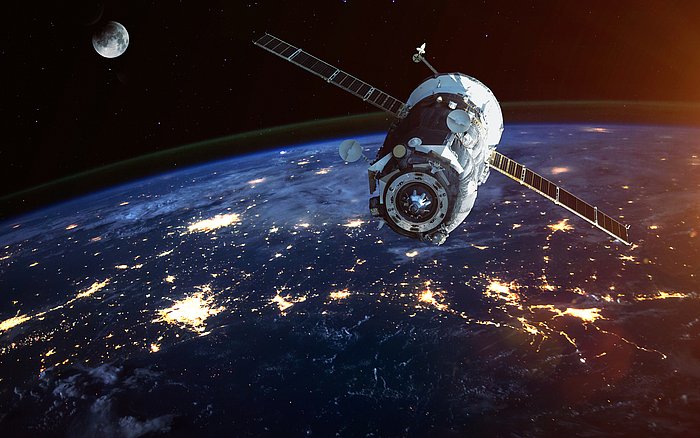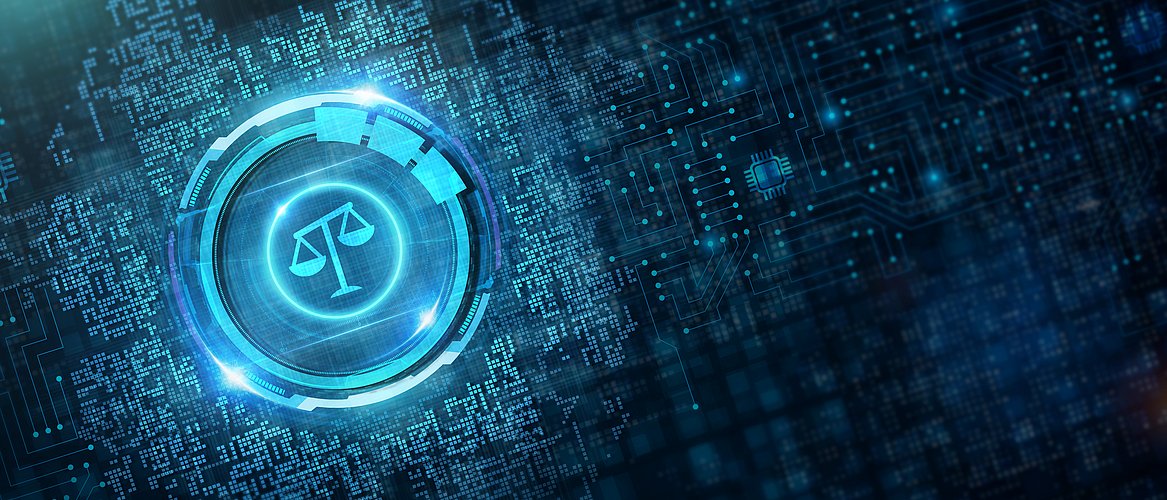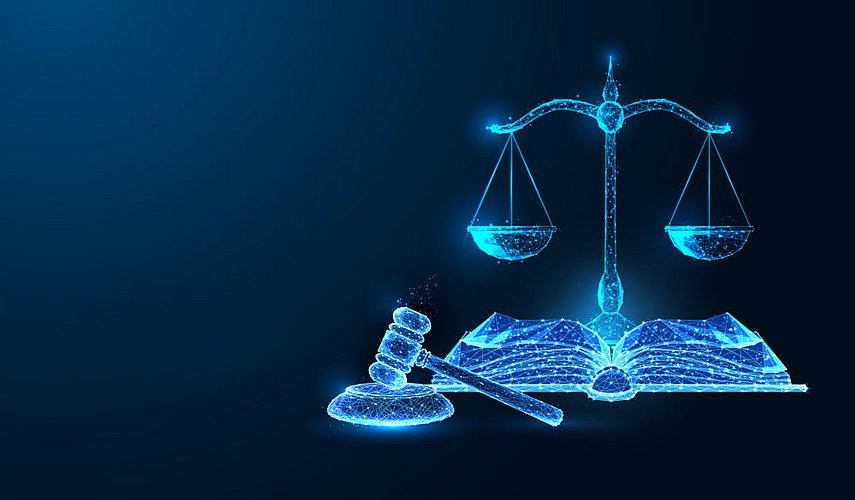Ensuring Security and Compliance in the Space Industry – Key Takeaways and Action Points
The rapid expansion of the space sector, including traditional and “New Space” actors, has brought unprecedented opportunities and with them, a new landscape of risks. The German Aerospace Industries Association (BDLI) has recently published a comprehensive whitepaper on “Security for Space Systems,” highlighting the increasing complexity and frequency of threats to space-based infrastructure. This newsletter summarizes the key points of the whitepaper and outlines the legal and practical obligations for companies operating in the space industry.
Key Points from the BDLI Whitepaper
1. Evolving Threat Landscape: Space systems face a growing array of threats, including cyberattacks, physical interference, espionage, and intentional creation of space debris. These threats target all segments of space infrastructure: The space segment (satellites), the ground segment (control centers), and the launch segment.
2. Security-by-Design as a Core Principle: Security must be integrated from the earliest design phase and maintained throughout the entire lifecycle of a space system-conception, production, testing, transport, commissioning, operation, and decommissioning. This “security-by-design” approach is essential to prevent unlawful interference and ensure mission success.
3. Industry Standards and Guidelines: Several international and national standards are relevant for space system cybersecurity, including:
- ISO 27000 series (information security management)
- NIST standards (notably NISTIR 8270, 8323, and 8401)
- BSI IT-Grundschutz (German IT baseline protection)
- European standards such as EBIOS
- Upcoming ECSS-Q-ST-80-10C (Space product assurance – Security in space systems lifecycles)
4. Minimum Protection Requirements: The BSI IT-Grundschutz Profile for Space Infrastructures sets out minimum requirements for satellite security, covering the entire lifecycle. These requirements focus on protecting the confidentiality, availability, and integrity of information and assets, and must be tailored to each mission profile.
5. Comprehensive Security Measures: Recommended measures include:
- Technical: Backup, configuration, and patch management; intrusion detection; integrity checks; vulnerability scans; and penetration testing.
- IT-based: Secure use of mobile devices, antivirus programs, remote access controls.
- Organizational: Staff training, security awareness, emergency procedures, visitor management, and intelligence sharing.
- Physical: Secured areas, environmental protection, clean rooms, and secure storage.
- Software: Supply chain integrity, use of approved software, supplier checks.
- Network: Segmentation, security zones, and dedicated networks.
- Satellite-specific: Frequency management, multi-channel communication, encrypted links, and anomaly detection.
6. Ongoing Standardization Efforts: International bodies, including the IEEE and ESA, are developing further standards and frameworks (e. g., SPACE-SHIELD, based on the MITRE ATT&CK® Matrix) to address adversary tactics and countermeasures specific to space systems.
Legal Obligations for Space Companies
1. Compliance with National and International Standards: Companies must ensure compliance with applicable cybersecurity and information security standards, both at the national (e. g., BSI IT-Grundschutz) and international (e. g., ISO, NIST, ECSS) levels. This is not only a best practice but increasingly a legal requirement, especially for systems with governmental, economic, or civil significance.
2. Risk Management and Documentation: A structured risk management process is essential. Companies must document threat analyses, security measures, and compliance with minimum protection requirements throughout the system lifecycle.
3. Data Protection and Confidentiality: Legal obligations extend to the protection of sensitive data, including personal data, mission-critical information, and intellectual property. Encryption and access controls are mandatory.
4. Supply Chain Security: Due diligence and security checks on suppliers and software providers are required to prevent supply chain attacks.
5. Incident Response and Reporting: Companies must establish incident response plans, conduct regular training, and be prepared to report security incidents to relevant authorities in accordance with legal requirements.
6. Physical and Organizational Security: Legal obligations also cover physical security (access controls, environmental protection) and organizational measures (staff training, visitor management, emergency procedures).
Recommended Actions for Companies
- Integrate security-by-design into all phases of space system development and operation.
- Adopt and implement relevant standards (ISO, NIST, BSI, ECSS) and stay informed about ongoing standardization efforts.
- Conduct regular risk assessments and update security measures as threats evolve.
- Document all security processes and compliance activities for legal and audit purposes.
- Train staff on security awareness and incident response.
- Secure the supply chain through rigorous vetting and contractual requirements.
- Establish robust incident response protocols and maintain readiness for regulatory reporting.
Conclusion
The regulatory and threat environment for space systems is evolving rapidly. Companies must proactively implement comprehensive security measures, comply with applicable standards, and document their efforts to ensure legal compliance and mission success. For tailored advice or assistance in implementing these requirements, please contact our space law team at HEUKING.

![[Translate to English:]](/fileadmin/_processed_/c/7/csm_Jansen__Thomas_print_e14169a709.jpg)
![[Translate to English:]](/fileadmin/_processed_/4/2/csm_Bauer__Andrea_print_e776b80da4.jpg)









